In this three-part guide we introduced a number of tips and tricks to make the niche selection process easier and more fruitful. In Part 1 we reviewed what a good niche was made of and then explained how to start the process of finding profitable products to sell. In Part 2 dove deeper and showed how to refine your product lists in order to identify the best products with the most potential for profit. In this part we will review how to verify that your product ideas will actually sell.
None of the tips outlined in these three posts are particularly difficult. Once you’re done you will have found a number of good product ideas with real potential for profit. This process is made easier with the help of some of the third-party tools to which you’ll be introduced below.
How to Verify That Your Product Idea Will Sell
So, you’ve done your research, made your list and checked it twice. Now what? How do you know if your product ideas will actually sell? Just like before, you have to do some patient due diligence and let the data and the numbers guide your decisions.
Here are some good tools to use to verify if your product ideas will actually sell. Remember, you will be investing your money, time and resources into these products, so you want to take the time to vet them carefully.
This part of your niche selection research is done partly by using some analytical tools from Google and also by doing some qualitative research to get a sense of your niche.
Using Analytical Tools to Check If Your Idea Will Sell
Google offers three tools that give you tremendous insight into your niche and the types of products you are looking to sell. These tools include Google Shopping, Google Trends and Google Keyword Planner. Here is a brief description of each tool and how you can use it in your research.
Google Shopping
Google Shopping is a great place to see if there is good demand for your product. Ideally you want to find products that are in demand but aren’t so saturated that everyone under the sun is selling it. You should start by searching for a niche that interests you, such as “wine refrigerator” or “Persian rugs” or any other category you like.
Look for the following things when you are conducting your search:
Competition
Google Shopping can give you a sense of the competition by showing you how many stores sell a particular product. In the screenshots below, notice that each Persian rug is sold by only a few stores. On the other hand, in the second image, each espresso machine is sold by more than 50 stores. Obviously, this shows that there is a lot more competition among espresso machines as there are for Persian rugs.
If possible, you don’t want a product to have more than 10 stores selling it. Products that have too many stores selling them may prove to be too competitive. While having too many competitors is not a deal breaker, it is a good gauge of whether you should go into a certain niche or not.
Price Points
Google Shopping can also give you a good sense of the varying price points that a particular niche will support. You can use this to get a sense of what kind of average selling price and how much revenue you can possibly expect from this niche. In the images below, you can see how prices vary among Persian rugs, so you can gauge how stable the pricing may possibly be in your chosen niche.
Google Trends
You can use Google Trends to see if a niche is evergreen. This means that you want to see if the products in your niche is seasonal or not. Ideally, you will want a product that can be steadily sold the entire year.
Go to Trends.Google.com and use some keywords from your niche to see if the trend lines show peaks and valleys throughout the year. Ideally, you will want the trend lines to remain consistent throughout the year. For example, in the image below you can see that a search for “wine refrigerators” remains consistent but a search for “patio furniture” peaks in the summer but then dies back down.
Google Keyword Planner
Google Keyword Planner is a tool within your Google AdWords account. It can be accessed from the Tools menu (look for the wrench symbol). Google Keyword Planner helps you find variations for products that are in demand in your niche. For example, in the screenshot below you can see that a search for “wine refrigerator” generates additional keyword ideas such as, “wine cooler” or “under counter wine cooler.” These related keywords can be valuable because they can determine if you may need to tweak or go deeper within your niche.
Google Keyword Planner also gives you average bid prices, which will give you a sense of how much it will cost to advertise products within that niche. Some niches are super expensive to advertise in so it’s good to find that out before it’s too late.
As you can see, the Google Keyword Planner has a lot of uses. While you can use this tool in many ways, here are some common ways to use the tool:
- Search for new keywords using a phrase, website or category. Put in a keyword such as “wine refrigerator” then click on the “Get Ideas” link.
- Look for keywords with ten thousand or more average monthly searches.
- Also look at Keywords (by relevance) to get other ideas and see the search volume for those too.
Google Keyword Planner can also give you information about historical metrics and forecasts for your keywords. The screenshot below shows a forecast for the keyword, “wine refrigerator.” By looking at the forecast, you can see that you can count on receiving more than five thousand clicks with a budget of around seven thousand dollars. This is really useful when you are trying to come up with a realistic marketing budget for your products.
Further Analysis to Check If Your Idea Will Sell
Besides using analytical and quantitative tools to test your niche, you can do some qualitative (or “what’s in your gut”) analysis to further test your product ideas. A good way to go about this is to:
- Look at various types of metrics from sites such as Amazon
- Look at your competitor’s sales
- Look at history and trend data
Here is a brief explanation of how you can go about doing this type of analysis.
Product Metrics and Criteria
It’s good to check existing products in your niche to get a sense of their price, their shipping weight, how well they are selling on Amazon and what type of reviews they have been able to accumulate.
Here are some rules of thumb to look for when choosing a product. None of these are steadfast rules. Think of these more as recommendations so use your own judgement when performing this analysis:
- Price Range: To minimize your financial investment, it’s a good idea to look for products that sell between $19 to $45. Remember, this is not a rule so if you find products that are outside of this range and have good margins feel free to invest in them. The only reason I mentioned a $19 to $45 range is to minimize the amount of money you will need to invest in this niche. Anything lower than a $19 selling price runs the risk that it may not have enough margin but that doesn’t mean you can’t find something profitable in this range.
- Light weight: Ideally you want an item that weighs less than 2 lbs. and can fit in a shoebox. This minimizes your shipping cost and makes it easier to ship.
- Best Seller Rank (BSR): Look for a product that has a BSR of 6000 or less in its top-level category. This ensures that the product you want to sell has the potential to achieve a good BSR.
- 500 or less reviews: Look for products that don’t have more than 500 reviews because it may be hard to compete with products that already have too many reviews and are well established.
Listing Optimization Improvements
Another useful analysis is to see how optimized the products in your niche already are. The idea is to see if the products in your niche have sloppy titles or bad descriptions or blurry images. This gives you an opportunity to sell similar products but with much better titles, images and descriptions. This way you’ll be able to outcompete these existing products with a more optimized listing. You’re basically trying to find holes that you can fill. For example, are there any good-selling products that can potentially be improved upon by adding a better title or description? If so, then you may have found an opportunity to outcompete a competitor that is sleeping at the wheel.
To perform this analysis, take a keyword from your research and type it into Amazon’s search bar. Look at the products from the search results to see if there are any that you improve upon? If so, you may have identified good private label candidates that you can optimize.
Here are some good product metrics to look for when you’re evaluating a competing product:
- Price Range: Is the price in the range you are looking for?
- Reviews: How many reviews does the product have?
- Images: Look at the images. Are they high resolution images with the ability to zoom?
- Titles: Are the titles descriptive enough? Do they have good keywords in them?
- Bullet Points: Look at bullet points to see how well they are written. Do they call out all the benefits of the products or just list a bunch of features? Ideally, you will want to highlight your product’s benefits as well as just its features.
- Descriptions: Look at the descriptions. Are they written well and thoroughly? Do they describe the product very well? Has the brand taken advantage of Amazon’s Enhanced Brand Content program to make their descriptions richer and fuller?
- Shipping: Are the product dimensions small enough where you can easily ship it?
- Fulfillment Potential: Are most of the products in this niche merchant fulfilled? If so, then there may be an opportunity to use FBA to get a let up on the competition.
Taking the Raw Data and Performing an Analysis
Once you have amassed all of this data, it’s time to start making sense of it. At this point you will probably want to start inputting all of this data into a spreadsheet so you can begin to organize the information that you have collected. You will also want to use some third-party tools to help you make sense of the data. Here are some tips you can use to organize your data.
Manual Analysis
Take the products (or ASINs) that you found from your analysis above and put them into a spreadsheet. Plug in the following values:
- Product Title
- ASIN
- Product URL
- Best Seller Rank (BSRs)
- Number of Reviews
- Price
- Listing quality based on your own determination
- Any notes that you have taken about each product
Once you have all of this data in a spreadsheet, you will be able to monitor them over the next 7 days. You will want to look at how the BSRs change and any price fluctuations to see if your chosen products are stable or very volatile.
Using Third-Party Tools
In addition to the spreadsheet that you have compiled, you can use a lot of third-party tools to help you with your analysis. Here is a list of some common but powerful tools that many people use to identify and evaluate good product opportunities:
- CamelCamelCamel.com – This tool shows to see the price history and how long they have been selling it and the BSR graph. This is a great way to look at how the product performed over time.
- JungleScout – This is not a free tool but can be well worth the money. It can also be installed as a Google Chrome extension. It does all the legwork for you. It also gives you the following types of data:
- Estimated revenue
- Estimated sales for 30 days
- Average Sales Rank
- Average Price
- Average # of Reviews
- If an item is fulfilled by Amazon (FBA) or merchant fulfilled (FBM)
- AMZShark – Very similar to JungleScout.
Repeat the process above for 10 to 20 products so you can get a list of good products to find.
Common Sense Questions to Ask Yourself
Once you find a good product that you think has potential, here are some common questions to ask yourself:
- Is Amazon selling the item? If so, it may be really difficult to compete against Amazon directly on a particular product. While this is not always the case, it is worth considering.
- Is the item in the Fulfillment by Amazon (FBA) program? If not, then you have a great opportunity to bring the item and have it fulfilled by Amazon, so you can get all the Prime benefits for your item, thereby outmaneuvering your competitors who are all shipping the item themselves.
- Is the item easily sourcable (such as through AliExpress or Alibaba)?
- Are there quality suppliers available for your product? For example, do your potential suppliers have a Trade Assurance seal and Gold Supplier status?
- Will you be able to easily order samples and order supplies when you need it? Is it a readily available product?
- Is there a lot of competition for PPC advertising for this category or item? Will you have to bid high to compete?
- Is the top level and sub-category that you will be operating in big enough? Is there a market for this product already?
- Is the product seasonal or can you expect constant revenue all year long?
- Are any of the products that you are considering in the Amazon Best Seller list? This gives you confidence that your product has demand.
- What kind of margins can you expect with these products?
- Is it a product that can get easily restricted on Amazon? Will you have to go through a lot of hazmat filings on Amazon before they will allow you to list the product?
Once you answer these questions for all the items on your list, begin to pair them down to the ones that you really like. Then follow the BSRs and price changes for these remaining products for a week or two to see how they perform. Once again, you are looking to see if the prices are volatile or steady? You also want to see how the BSRs change?
Conclusion
In this three-part series we went over a number of powerful niche selection techniques. In Part 1 we reviewed what makes a good niche and then explained the details of how to find a good niche. We learned that it is important to start with the end in mind by letting your goals guide your decisions. The planning process becomes much easier when you know what you are trying to achieve.
Once you know your goals, brainstorming helps generate a lot of great product ideas. During the brainstorming process it is useful to let the ideas flow, so you don’t limit your creativity. After you brainstorm, you can begin to refine your list by using the tips outlined in Part 2. Refining your list allows you to narrow things down so you can verify that your product ideas will actually sell. All your work and money will be wasted if you don’t find products with a good chance to sell. Using some of the third-party tools we reviewed are a good investment so don’t count those out.
As you travel down this journey, it’s easy to get lost in the weeds. The common-sense questions we listed above provide a good foundation to help you look at the big picture to ensure that you’re still headed in the right direction. Don’t be afraid to pause along the way to evaluate your progress.
Remember, there’s no magic bullet in niche selection so taking a systematic and data driven approach will help you significantly increase your chances of success. At the same time, don’t forget to allow your interests and passions guide you. At the end of the day, you’ll want to sell something that interests you and you believe in.
Business Consulting Services: If you’re a small business owner looking to start or improve an online business then let me show you how to benefit from my experience. I have helped several online resellers grow their businesses by developing an online strategy to sell on Amazon, eBay or any other marketplace. Call me at 310-574-2541 or email me at Pez@Pezlogic.com for a complimentary business review.



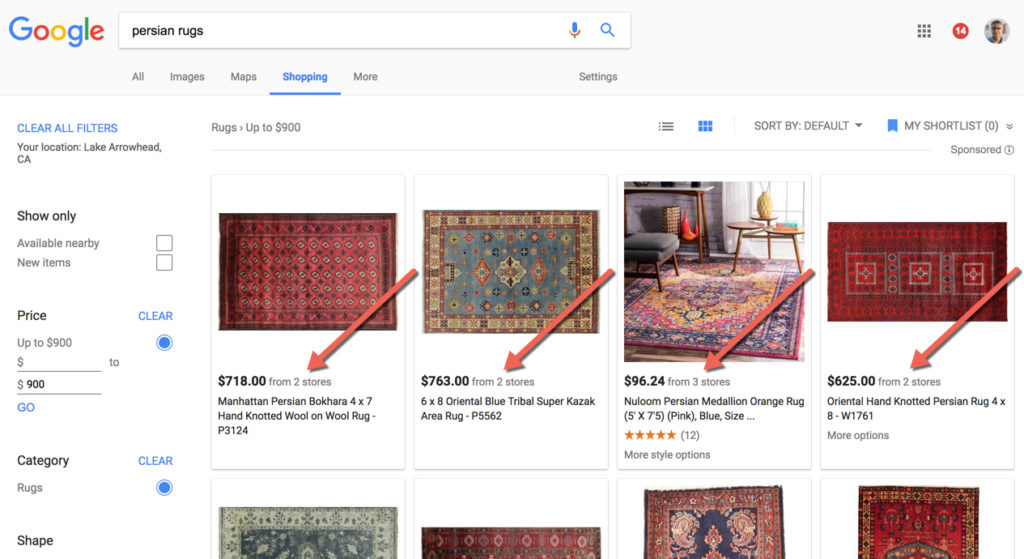
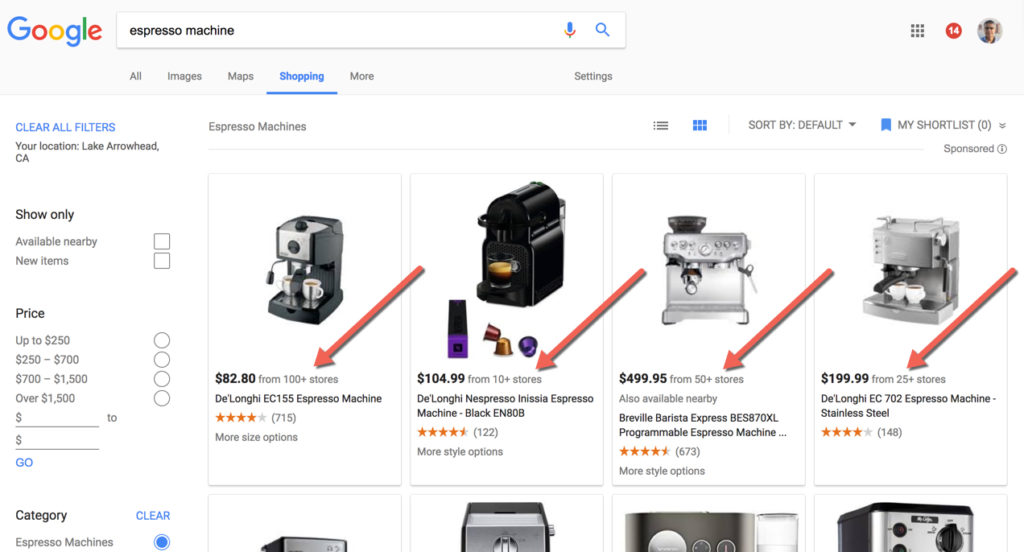
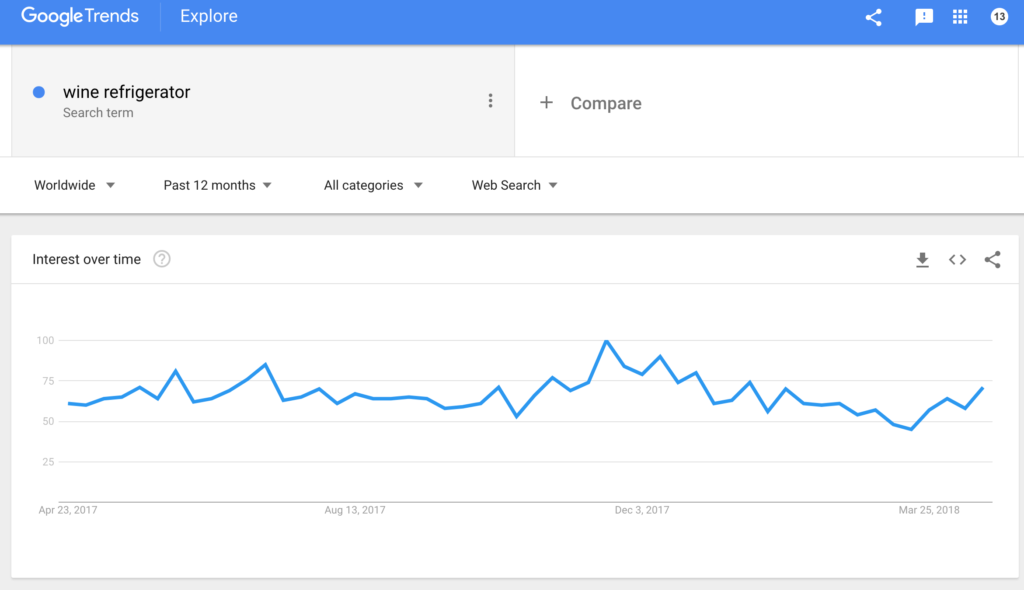
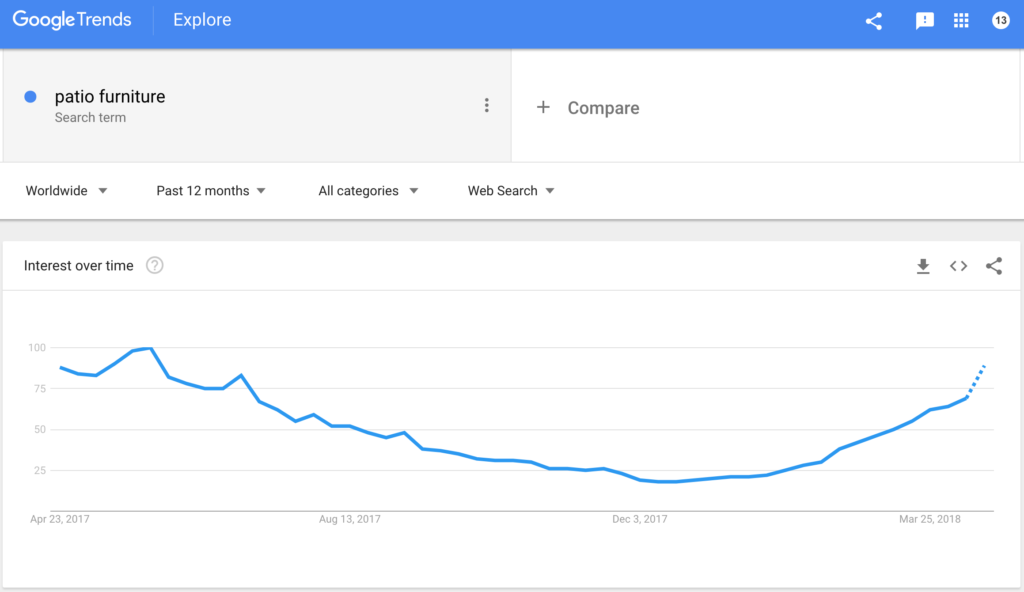
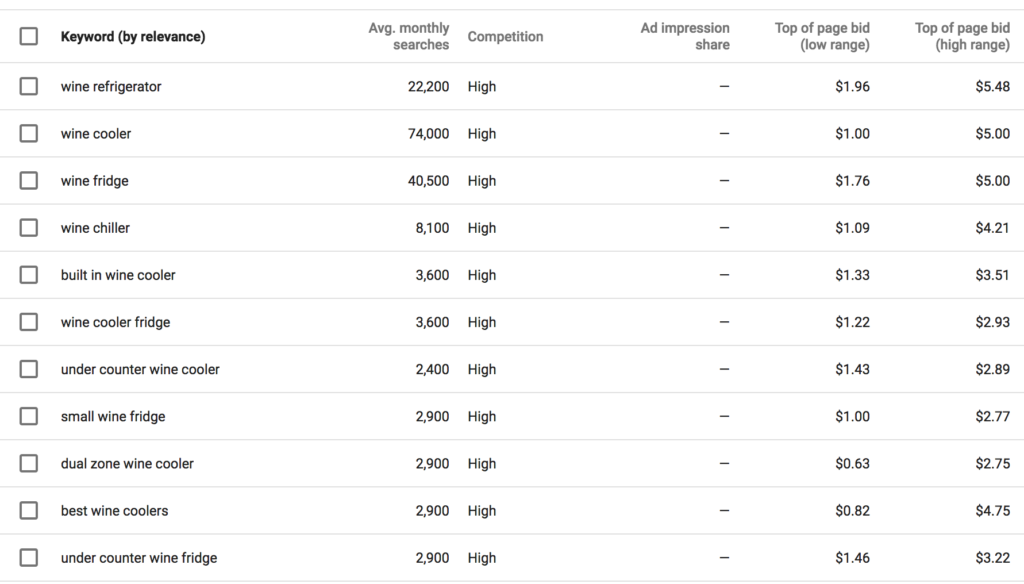
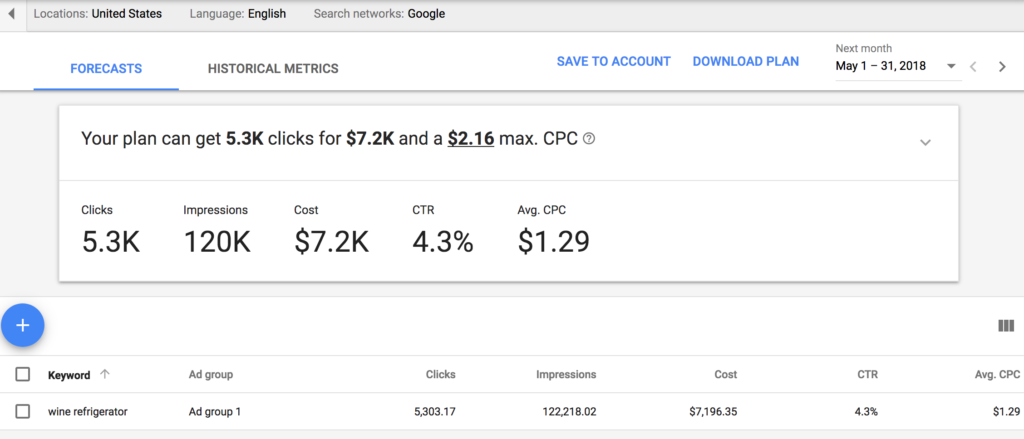




2 thoughts on “Tips and Tricks to Successful Niche Selection – Part 3”